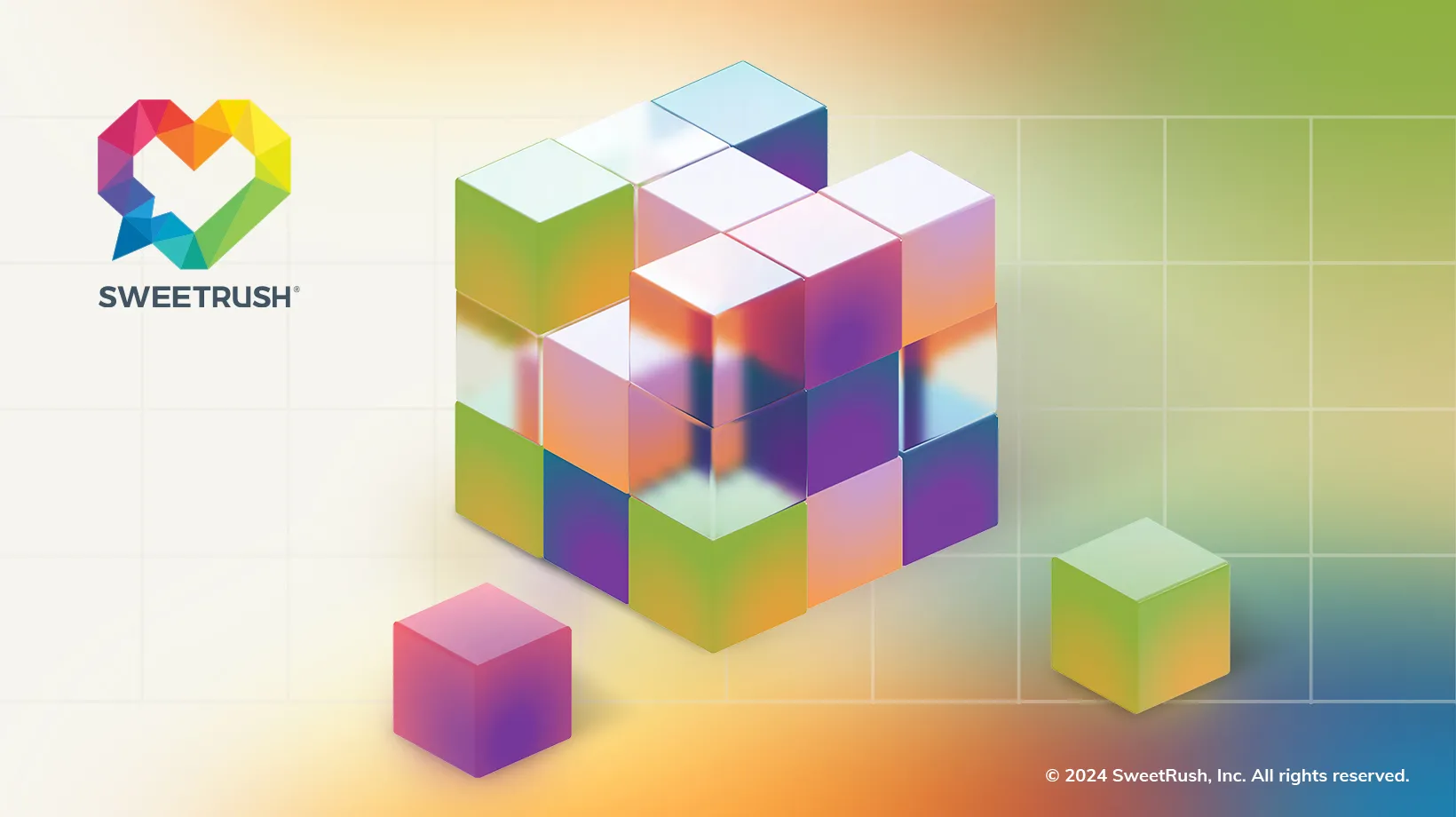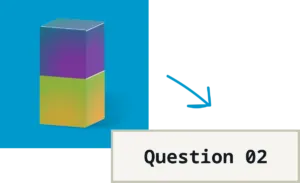
L&D innovators are making extraordinary strides in adding AI to their learning strategies and solutions, sparking questions about AI coaching, and they're eager to show their work.We helped a few of our own client-partners do just that at a recent Training Industry Tech Talk. Our whirlwind tour showcased seven projects that leverage generative AI (genAI) in three different ways:

We’re technology-agnostic and are able to adapt our solutions based on the unique needs and organizational contexts of our clients. We've successfully integrated both Claude by Anthropic and ChatGPT by OpenAI into our solutions. Using a more varied toolbox helps us recommend the most effective solutions for their organization's needs and existing infrastructure. We'll work—and evolve—with the AI infrastructure, tools, and policies already in place.

First, a quick recap of Hilton’s genAI-powered, immersive Delivering on Our Customer Promise guest service skills coaching experience. It’s created with WebXR, a browser-based virtual reality (VR) technology that can be accessed via headset, computer, tablet, or smartphone.
Learners—hotel team members—land in a digital twin of a Hilton property where they meet a concerned 3D-animated “guest” who expresses an issue with their stay.
Learners must resolve the guest’s issue using Hilton’s five-step problem resolution model, HEART, and speaking their response into their device’s microphone. (Experience a scenario in this video excerpt from the Training Industry Tech Talk.)
On the back end, a large language model (LLM) transcribes the learner’s speech into text and compares the content against a rubric. Learners then receive detailed feedback and a pass/fail “grade” on each step of the HEART model (See Q3 below for details on how we “trained” this LLM.) All feedback is delivered by VIC, Hilton’s knowledgeable, endearing robot emcee and coach.
Delivering on Our Customer Promise makes for great individual practice because it gives learners a safe space to put nuanced conversational skills to the test. With its in-depth analysis of each learner's responses and very personalized feedback based on what they said, this solution was designed expressly as an individual experience.
As custom content creators, we can also help a client-partner create a group-based immersive genAI coaching experience. For example, one learner’s interactions within the scenario might be screencast to the larger group, with a facilitator encouraging dialogue and reflection on each learner's experience. We can create materials like a facilitator and/or participant guide to ensure a great discussion every time—with no prep needed!

We’ve already touched on the LLM behind Hilton’s Delivering on Our Customer Promise immersive coaching experience (Q2 above). Here’s how we crafted the prompt that powers VIC, the robot coach and emcee of the experience:
We then added this expert knowledge to a database that helps to increase the context for every prompt and also helps prompts to generate “relevant, accurate, and useful” results. This process, known as retrieval-augmented generation (RAG), extends the LLM’s capabilities in specific domains, such as an organization's internal knowledge base.”
This step is essential for an experience focused on nuanced skills like showing empathy: To respond accurately, the LLM needs numerous examples of what “good” sounds like. (As we hone the LLM’s understanding of a good response, we feed new iterations back into the Knowledge Base.)

Yes! Our Accessibility team created a chatbot to use as a source of quick information about WCAG compliance. We “trained” the LLM via a similar process to that described above in Question 3; however, it worked less as a coach and more as an information-retrieval tool. Our team began by adding a Knowledge Base composed of detailed accessibility checklists, documents, and websites containing WCAG guidelines. The chatbot’s Role and Goal was to serve as an expert member of a learning team who had deep knowledge of accessibility. Because its function was to search existing information to provide answers to team members’ questions, it didn’t need to act as a coach or provide feedback on our team’s performance—though it certainly could be trained to do so!

It takes a very collaborative process to create an experience like Hilton’s Delivering on Our Customer Promise. We needed Hilton stakeholders to go through the experience multiple times to help us vet the accuracy of the AI coach’s responses and refine the prompt accordingly. In more traditional modalities, such as ILTs, VILTs, videos, or eLearning modules, stakeholders only need to review milestone deliverables like presentation materials, storyboards, prototypes, and the final build. With AI simulations like these, though, more robust stakeholder involvement is required to ensure accuracy.

Quite prevalent, in fact! Cisco’s 2024 Data Privacy Benchmark Report finds that 27% of companies have banned GenAI applications altogether, at least for the time being. And with so many folks entering sensitive data into these applications—including confidential employee information and intellectual property—it’s not surprising that they’re feeling cautious.
We don’t recommend working “around” a ban! If you’re curious about an AI tool, check it out—on a personal device, with non-work-related data. Meanwhile, we recommend that you ask your organization’s leaders about their security and ethical concerns and what’s at stake. What, if any, measures would need to be in place for them to consider an AI tool? Where could an AI tool help you shave budgets or timelines?
Knowing where your leaders are coming from and sharing your team’s AI aspirations empowers you to play an active role in your organization’s conversation. You’ll need an expert (or two) at the table to help you work through the many considerations and concerns every organization should address before leveraging any AI tool. We’re happy to help guide that conversation and even offer a customizable workshop that can help you and your stakeholders shake out their needs, concerns, and wishlists. (Wondering about this workshop? Check out this video excerpt).

Let’s start with a quick level-set on the distinction between open and closed AI systems in the eLearning landscape:
All of our AI-powered learning solutions are built upon closed AI systems. Doing so ensures the highest level of security for your data and allows us to tailor the solution precisely to your organization's unique needs.